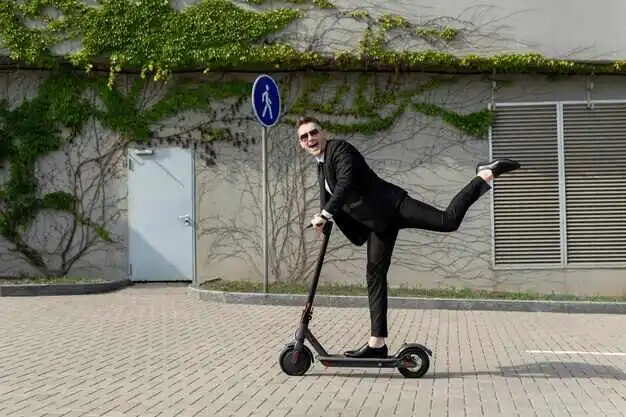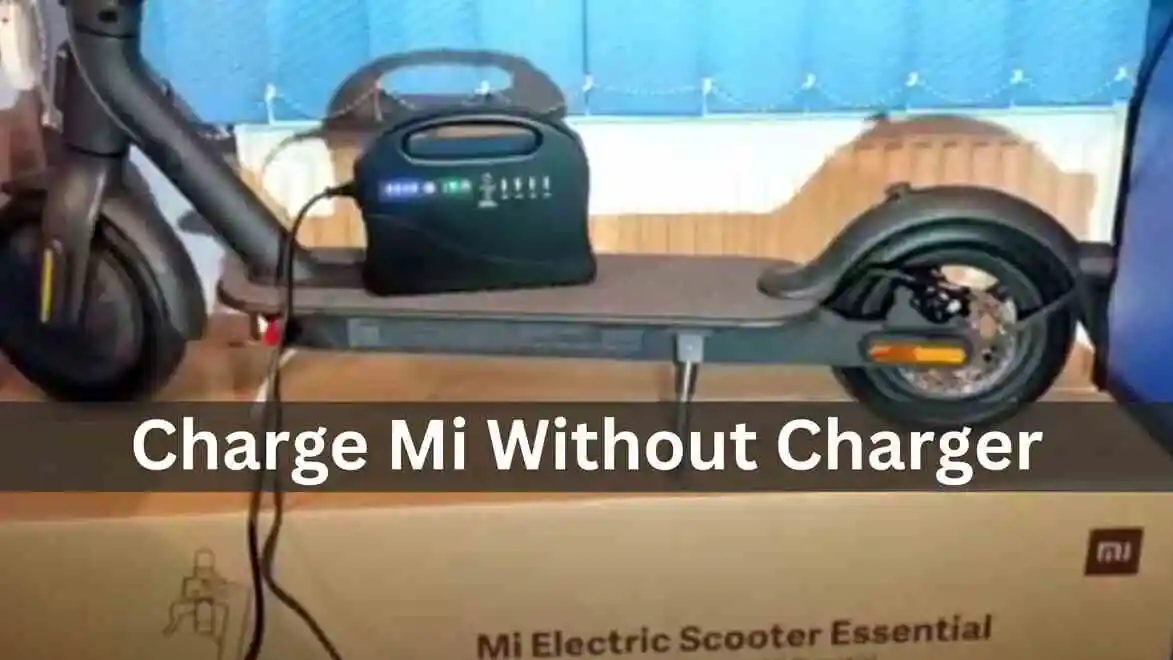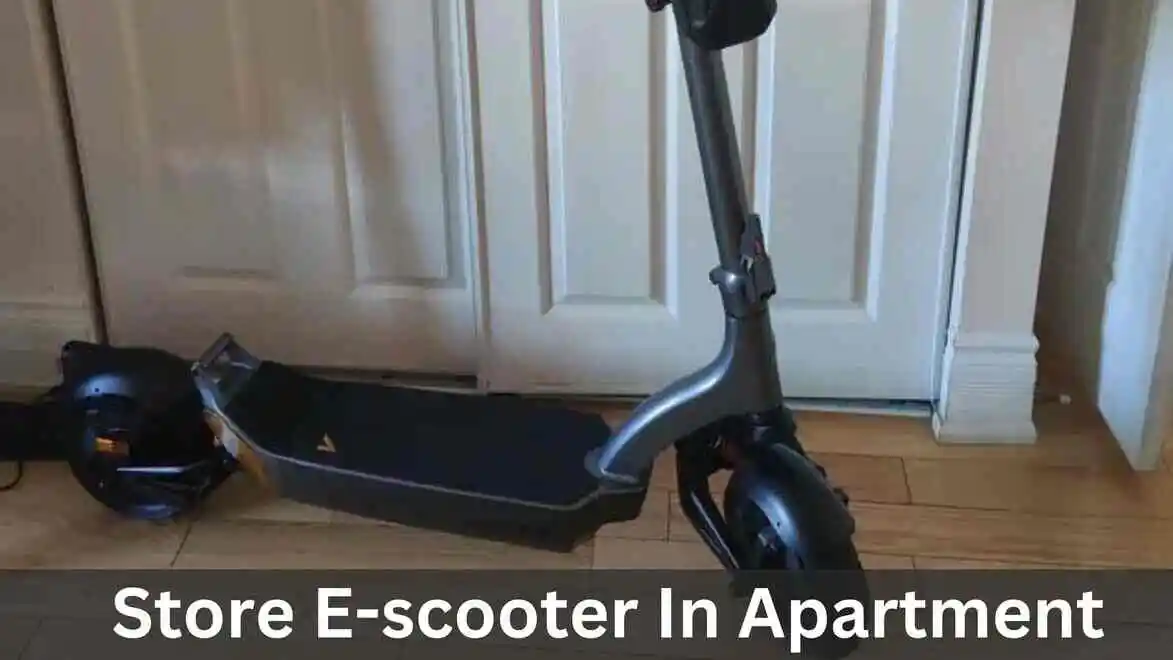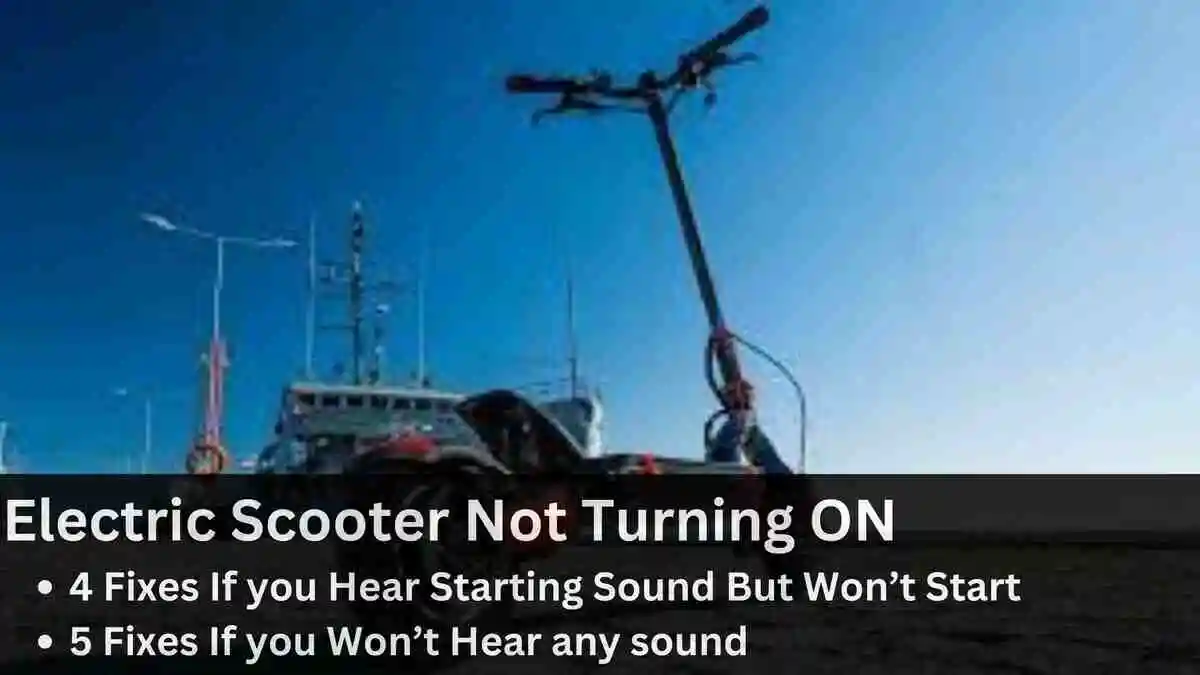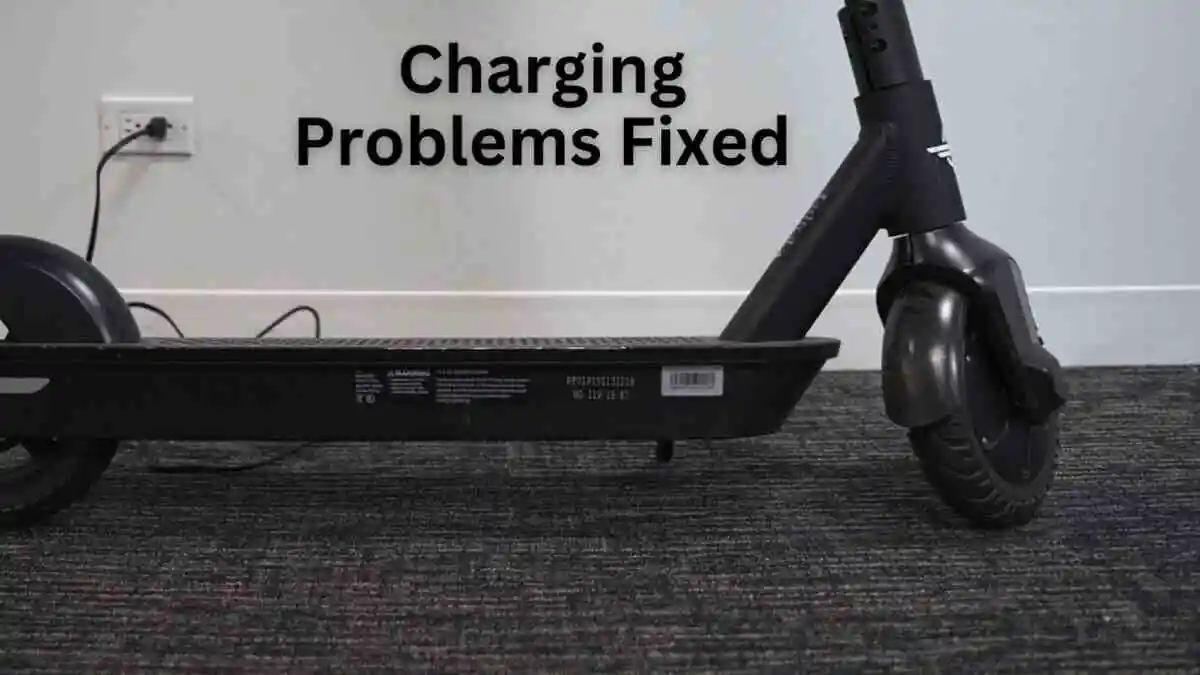In the realm of electric scooters, the Segway Ninebot is a favored choice for its efficiency. However, encountering speed issues is not uncommon. If your ninebot scooter going slow than usual, our latest blog article provides practical solutions to troubleshoot and resolve this common concern.
Whether you’re a seasoned rider or new to electric scooters, learning how to address a sluggish Ninebot ensures you can continue to enjoy a swift and smooth commute. Let’s explore diagnostic tips and solutions to get your Ninebot back up to speed!
First Things to Know:
Even the best electric scooters designed for adults may encounter issues. Although electric scooters are generally low-maintenance, problems may arise, especially if owners neglect proper care. One potential issue is a decrease in speed. While this occurrence is rare, it is wise to understand how to address a slow electric scooter if it occurs.
For those contemplating the purchase of an ninebot electric scooter and weighing the associated maintenance, be reassured that ninebots, while not entirely issue-free, may have some problems that can be resolved at home. Therefore, before deciding to purchase a budget electric scooter , consider referring to our guide on repairing ninebot scooter going slow.
Early Problems: If you have just bought your scooter and facing segway ninebot max going slow, in this case do read the manual with your ninebot to see if there are instructions for speed setting, do set them first. If you think there is the manufacturing issue then do check for refund and warranty (only if the refund date has been passed.
Late Problem: On average the lifespan of ninebot scooters is 1 to 3 years, depending on how much investment you have made on it. So if you have used your segway for this period it is recommended to buy new electric scooter that have big wheels or the ones that are light weight.
Ninebot Scooter Going Slow:
Here are the causes for why is my Segway ninebot going slow and with fixes.
1. Inspect Few Things:
Open the e-scooter deck and meticulously examine the wires, connectors, and electrical elements. Pay particular attention to the battery and wires, as they are often culprits for malfunctions. Additionally, assess the components such as the motor and battery by smelling them.
A burnt odor indicates potential wire or component damage, necessitating immediate replacement of burnt wires, batteries, or motors to prevent further harm to your e-scooter components.
2. Test the Charging Port:
If the battery appears undamaged, evaluate the functionality of the charging port. Connect the charger to the port and plug it into the wall, observing the charger’s indicator light. A lit indicator signifies proper operation of both the port and charger.
In the absence of an indicator light, employ a digital multimeter to measure the port voltage. Connect the multimeter to the port and observe the voltage reading. Ensure the port’s voltage matches the battery’s level. Exercise caution when testing male terminals to prevent a short circuit.
3. Conduct a Battery Voltage Test:
Utilize a multimeter to assess the battery voltage and determine if a low voltage is the root cause. A properly functioning battery pack should exhibit a voltage higher than its rated level, whether it has been recently discharged or stored.
However, a battery failing to attain its rated voltage, even when fully charged, indicates a defect or wear. In such cases, consider replacing the battery.
4. Inspect the Motor:
Thoroughly examine the motor for any signs of burnt or melted wires, connectors, or motor components. The presence of a burnt plastic smell or visible damage suggests that the coils within the motor have overheated.
Additionally, if the copper windings have melted, a likely short circuit has occurred, leading to reduced motor speed or complete failure. In such instances, replacing the motor is recommended.
5. Examine the Brakes:
Position your e-scooter on an elevated surface and spin the wheel. If the wheel doesn’t rotate freely, the issue may lie with the brake pads making contact with the rotor. Keep in mind that disc brakes may require periodic adjustment or replacement of brake pads.
Hydraulic disc brakes typically self-adjust, while mechanical disc brakes may need manual adjustments. If brake pad interference is identified as the cause, refer to the instructions on how to adjust or replace electric scooter brake pads.
6. Verify Tire Pressure:
Assess the tire pressure by gently kicking or poking the tire. If it feels soft or lacks sufficient air, it indicates low air pressure. For a precise measurement, use a tire pressure gauge. Additionally, inspect for any punctures that might be causing gradual deflation of your tires. Further insights on electric scooter tire pressure can be found for a comprehensive understanding.
7. Inspect the Throttle:
Evaluate the throttle by testing both its output voltage and signal voltage to identify potential malfunctions. Utilize a multimeter connected to the throttle to check the voltage. A functional throttle should yield an output ranging from 4.3V to 5V.
If the voltage falls outside this range, it indicates a faulty throttle or other interconnected components (e.g., battery, power switch, fuse, wires, connectors, etc.). If the throttle is determined to be the issue, refer to the guidelines on how to repair an electric scooter throttle.
8. Perform a Deep Charge on the Battery:
If the battery exhibits diminished charge or capacity, consider deep charging it as a troubleshooting method. Deep charging lead-acid batteries aids in equalizing the cells and restoring their capacity. Attempt charging it for 48 to 72 hours and then test it on the e-scooter.
9. Replace the Battery or Battery Charger:
In cases of damaged or non-functional batteries, immediate replacement is recommended. This is a reliable solution to address a slow electric scooter. Consult a nearby mechanic or your retailer for battery replacement. If you prefer a DIY approach, refer to a guide on how to replace an electric scooter battery.
Note: Ensure to purchase original batteries designed for your specific e-scooter from reputable retailers. Using batteries with different specifications or brands than the original may lead to additional issues in the future.
10. Replace the Electric Scooter Motor:
As previously mentioned, it’s crucial to promptly replace motors if the coils have overheated to prevent potential damage to the controller and other components of the e-scooter.
However, replacing the motor can be intricate, contingent on your e-scooter’s design. For safety reasons, it is advisable to have a mechanic handle the motor replacement, ensuring the well-being of both you and your e-scooter.
11. Unadjusted Brake Pads:
Although less likely, unadjusted brake pads could contribute to a slower e-scooter. Disc brakes require periodic adjustment to prevent the pads from dragging on the rotor. As brake cables stretch and caliper springs soften with usage, unchecked pads can slow down the e-scooter.
Conclusion:
In conclusion, resolving a slow Segway Ninebot involves a thorough examination of components such as wires, connectors, and electrical elements. Testing the charging port, checking the battery voltage, and inspecting the motor are crucial steps.
cAdditionally, examining brakes, tire pressure, and the throttle is essential. Performing a deep charge on the battery and replacing it or the charger can be effective troubleshooting methods. Seeking professional assistance for significant issues like motor replacement is advisable. Following these steps ensures optimal performance and an enjoyable riding experience on your Segway Ninebot.

